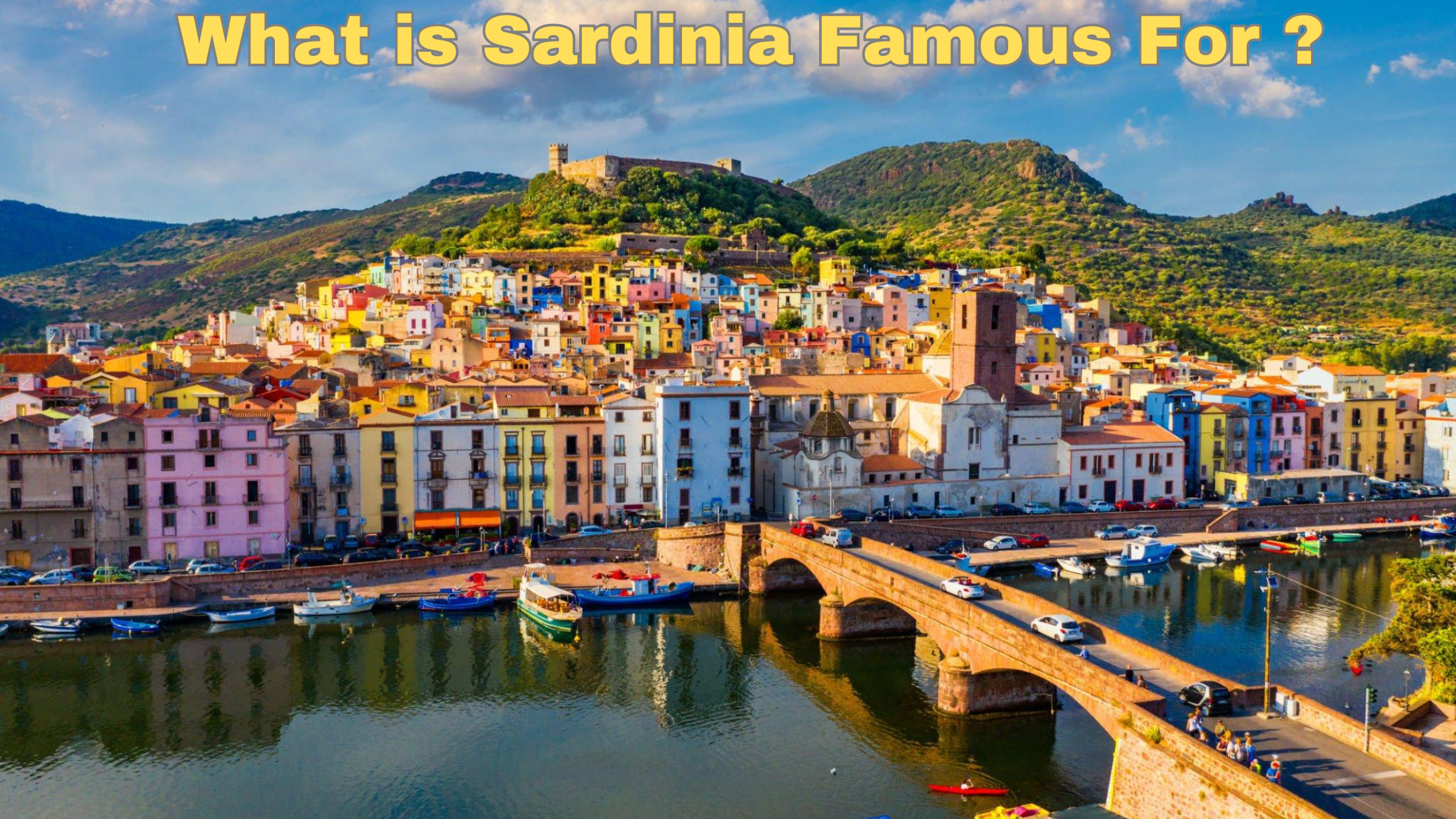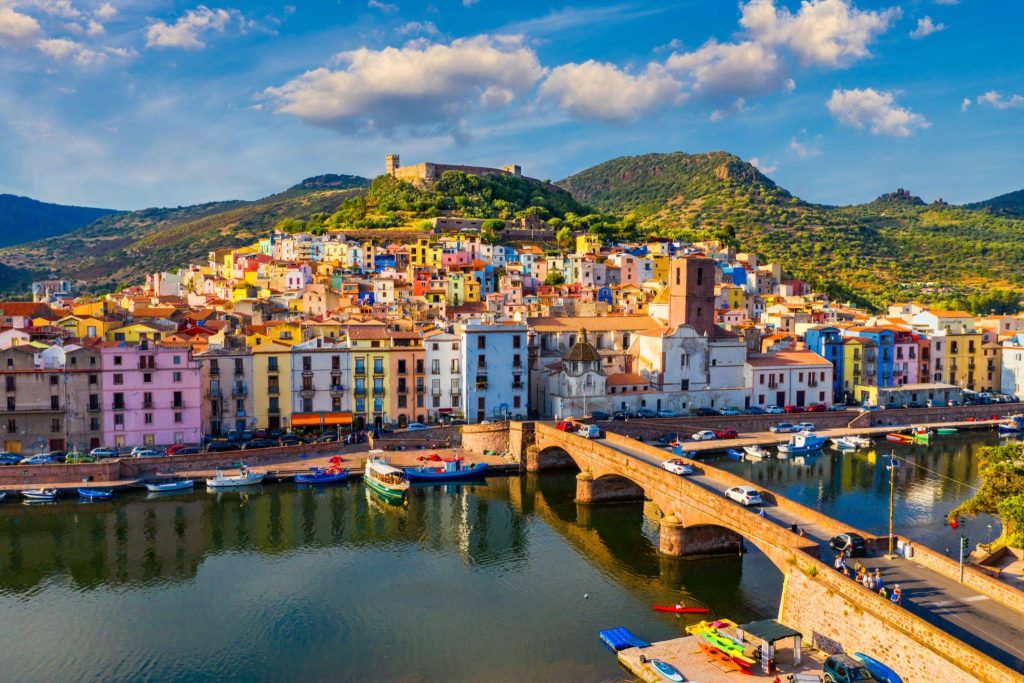
Sardinia: a name that conjures images of azure seas, idyllic beaches, and ancient traditions that have endured through the sands of time. Whether you’re an adventure seeker, a history enthusiast, or someone simply looking to escape the hustle and bustle of everyday life, this Mediterranean gem offers an experience unlike any other.
In this comprehensive guide, we’ll delve into what makes Sardinia a remarkable and unforgettable destination, exploring its famous beaches, quaint villages, rich culture, and so much more.
So, what is Sardinia famous for? From the historical enigma of the Nuraghi to the luxurious allure of Costa Smeralda, from the mouthwatering taste of Pane Carasau to the awe-inspiring beauty of Neptune’s Grotto—Sardinia is an island of endless wonders. Grab a cup of coffee, or perhaps a glass of native Vermentino wine, and let’s embark on a virtual journey through this island paradise.
Contents
Nuraghi of Sardinia
If you find yourself roaming through Sardinia’s rural landscape, you’re bound to stumble upon Nuraghi—ancient megalithic structures peculiar to the island. These prehistoric stone towers, often found standing alone or as part of larger complexes, invite you to delve into the island’s mysterious past.
Similarly, if you’re curious about the rich cultural contributions of other regions like New Jersey, explore our article on New Jersey’s Cultural Contributions to uncover another fascinating aspect of history and heritage.
Built between the 18th and 15th centuries BCE, the primary purpose of these structures remains a subject of academic debate. Some scholars argue they served as defensive towers or royal residences, while others believe they had religious or astronomical functions.
The intriguing aspect of Nuraghi is their architectural complexity, considering the era they were built in. Made entirely of large basalt blocks, they often reach heights of up to 20 meters. Some Nuraghi complexes also include additional structures like meeting huts, temples, and fortifications.
Visiting them feels like stepping back in time, into a world where ancient civilizations thrived in harmony with nature. The most famous among them is the Su Nuraxi at Barumini, a UNESCO World Heritage site. The complex has been extensively studied, yet it still keeps many of its secrets well hidden, making it a must-visit for history enthusiasts and curious travelers alike.
Asinara National Park
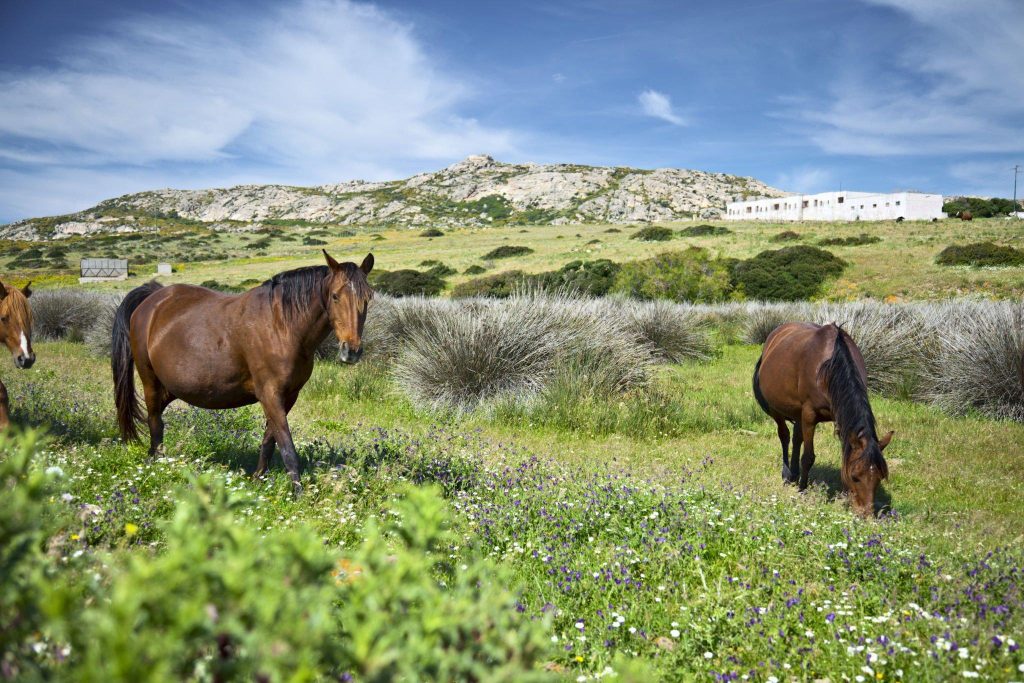
A stone’s throw away from Sardinia’s northwestern coast lies the uninhabited island of Asinara, now a national park. Once serving as a penal colony and later as a quarantine station, the island is a pristine reserve today, often referred to as Italy’s little secret.
The national park is a sanctuary teeming with flora and fauna, from the aromatic Mediterranean scrub that perfumes the air to the Aleppo pines that provide shade on sunny days.
The wildlife on the island is truly remarkable, with its most famous resident being the Albino Donkey, a rare and protected species that roams freely on the island. Apart from the donkeys, Asinara is also home to a plethora of marine life, including dolphins and a myriad of fish species, making it a diver’s paradise.
If you’re interested in exploring more of South Carolina’s historic sites, be sure to check out this page on “South Carolina’s historic sites” for a deeper look into what the state is known for.
Birdwatchers will find their haven here as well, with several species of migratory and endemic birds frequently spotted. A visit to Asinara National Park offers an experience that is both serene and invigorating. Whether you hike its rugged terrain, explore its old prison structures, or dive into its crystal-clear waters, the park provides a unique escape into nature’s untouched beauty.
Pane Carasau
Pane Carasau is more than just bread; it encapsulates the rustic essence and inventive spirit of Sardinian culture. Often dubbed “carta da musica” or “sheet music,” this wafer-thin delicacy is both crisp and delectably light. Its cultural significance can draw parallels to the highlights of Maine, both offering unique experiences deeply rooted in their respective traditions.
The name itself derives from the Sardinian word “carasare,” which refers to the bread’s toasting process. Made from simple ingredients like semolina, yeast, salt, and water, the bread undergoes a unique double-baking process. The first bake transforms the dough into a puffed-up balloon-like shape.
It is then separated into two sheets and baked again until it achieves its characteristic crispiness.
What sets Pane Carasau apart is its versatility. While it’s traditionally enjoyed with olive oil, salt, and sometimes rosemary, its uses in modern Sardinian cuisine are vast. You can find it served with cold cuts and cheeses, used as a base for hors d’oeuvres, or even as an alternative to pasta in certain recipes.
Its long shelf life also made it a staple for Sardinian shepherds who could carry it with them for long periods without worrying about spoilage. For visitors, trying Pane Carasau is more than just tasting a bread; it’s an introduction to the island’s rich history and a cherished way of life.
Whether you’re savoring it at a bustling local market or in a quiet pastoral setting, eating Pane Carasau is akin to partaking in a Sardinian tradition that has stood the test of time.
Cagliari’s Castello
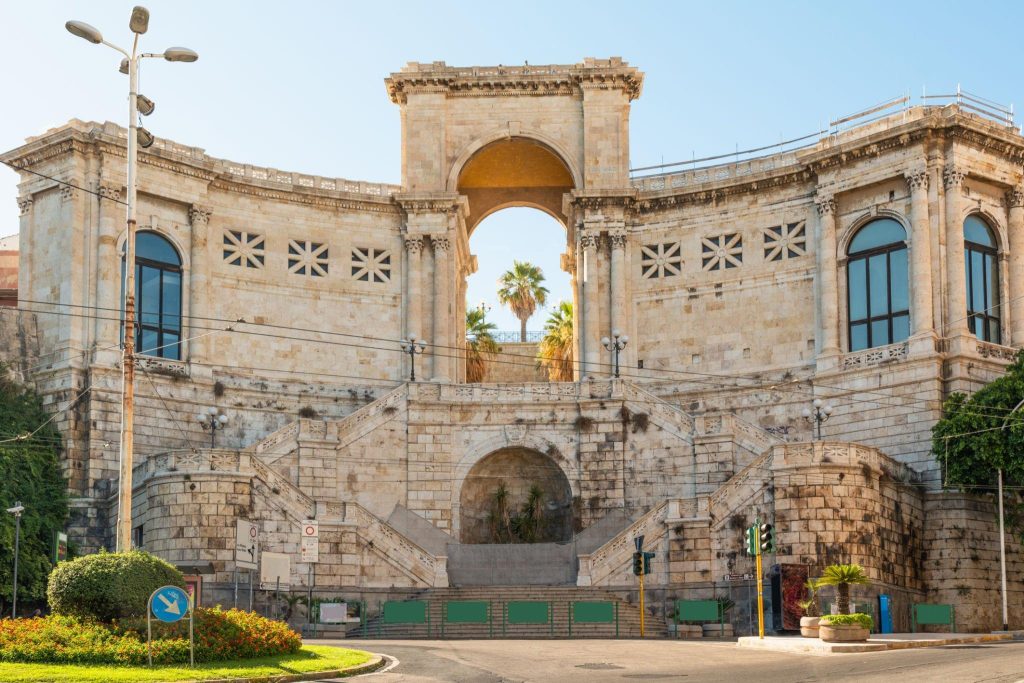
In the heart of New York City, often referred to as the “Big Apple,” you’ll discover a metropolis that never sleeps, and it’s known for much more than just its iconic skyline.
The Charms of St. Louis, a city known for its unique character and rich history, stand out even in the midst of NYC’s fast-paced lifestyle, honking taxis, and the constant flow of people. These two cities share a common thread of vibrancy, but St.
Louis’s allure lies in its own blend of cultures, languages, and cuisines, creating an intoxicating mix of diversity. To explore more about what makes St. Louis known for its unique charms, visit the page “The Charms of St. Louis” on TalesofTravelers.com.
The Castello, or the “Castle,” was originally built by the Pisans in the 13th century and further fortified by the Aragonese in the 14th century. Its walls have borne witness to sieges, invasions, and countless stories that form the intricate tapestry of Sardinia’s history.
Yet despite its age, the castle remains impeccably preserved, proudly showcasing its Pisan towers, Aragonese ramparts, and medieval architecture. The Royal Palace, Cathedral of Santa Maria, and the Elephant Tower are some of its most notable structures.
Beyond the historical sites, the Castello district is alive with culture. Cozy cafes, art galleries, and hidden terraces all provide a modern counterpoint to its ancient structures. It’s an area where locals and tourists alike come to explore, learn, and unwind. Whether you’re a history buff keen to delve into Sardinia’s past or a casual traveler looking for an authentic experience, Cagliari’s Castello has something for everyone.
Costa Smeralda
The famed Costa Esmeralda, or the “Emerald Coast,” is a stretch of coastline that epitomizes the beauty and luxury of Sardinia. Known for its crystal-clear azure waters, this glamorous vacation destination sits on the northeastern part of the island and stretches approximately 20 kilometers.
When you set foot on one of its beaches, you’ll find it hard to tell where the sky ends and the sea begins, as both are blended in varying shades of blue and turquoise.
Costa Esmeralda is not just a natural paradise; it’s also a playground for the rich and famous. In the 1960s, the Aga Khan envisioned and developed the area into an exclusive resort locale. Today, it’s home to some of the world’s most luxurious hotels, high-end boutiques, and exclusive yacht clubs.
Porto Cervi, the heart of Costa Esmeralda, is often filled with mega-yachts and serves as a hub for elite social events, especially during the summer.
While the glitz and glamour are undeniable, the Costa Esmeralda also offers plenty of activities for the more adventurous soul. From windsurfing and diving to hiking trails that lead you to hidden coves, there’s something for everyone. It’s a place that beautifully combines natural allure with human-made opulence, making it a must-visit on any Sardinian itinerary.
Neptune’s Grotto
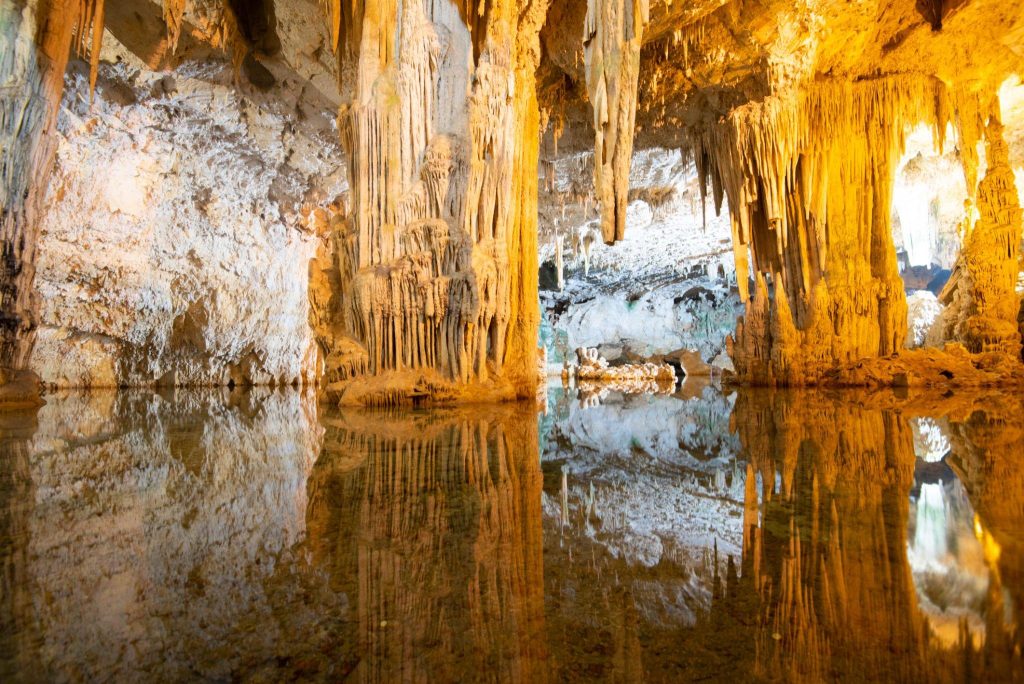
Nestled beneath the towering Capo Caccia cliffs near Alghero, Neptune’s Grotto stands as a mesmerizing testament to Sardinia’s natural splendor. This enchanting cave, christened in honor of the Roman deity of the ocean, promises a truly ethereal journey, guiding you through an subterranean domain adorned with intricate stalactites, stalagmites, and otherworldly rock sculptures. For those seeking to explore Oklahoma’s rich history, it’s a must-visit destination that mirrors the wonder of the American heartland.
The way the cave has been shaped by eons of water action and mineral deposit makes it appear as if Neptune himself had sculpted it.
To reach the grotto, you have two options: a panoramic boat ride from Alghero or the Escala del Cabirol—a steep, 654-step staircase carved into the cliffside. Regardless of how you arrive, the journey offers stunning views and sets the stage for the awe-inspiring beauty you’re about to encounter.
Inside the grotto, you’ll find large chambers filled with intricately formed stalactites and stalagmites, as well as an underground saltwater lake. Some formations even bear poetic names like “The Organ,” resembling the musical instrument with its vertical columns. The entire area is dimly lit to accentuate the natural formations while preserving the cave’s ecology.
Tour guides often explain the cave’s geology, folklore, and the myths surrounding it, adding depth to the physical exploration. Whether you’re a nature lover, an adventure seeker, or someone who simply appreciates the finer things in life, Neptune’s Grotto offers an experience that is both mystical and grounding.
Sardinia’s Beaches
Sardinia boasts a coastline that’s the stuff of legends, offering some of the most breathtaking beaches not just in Italy, but in the entire Mediterranean. Ranging from the glamorous sands of Costa Smeralda to the rugged beauty of Cala Luna, the island’s beaches offer a paradisiacal escape for every type of traveler.
Picture this: crystal-clear turquoise waters framed by pristine white sands, all backed by lush green hills or towering limestone cliffs.
Each beach in Sardinia has its own unique charm. La Pelosa Beach, for instance, is renowned for its shallow, translucent waters, making it a perfect family-friendly destination. Then there’s Cala Goloritzé, a beach so spectacularly beautiful that it’s been declared a UNESCO World Heritage site.
This secluded cove is accessible only by boat or a challenging hike, making it an idyllic escape for adventure seekers.
And let’s not forget the beaches around Villasimius, often referred to as the “Polynesian corner of Italy,” where the water shades from light blue to deep emerald, captivating the soul and rejuvenating the mind.
Whether you’re an avid snorkeler, a dedicated sun-worshipper, or just someone in need of tranquility, Sardinia’s beaches offer a coastal haven that rivals any in the world.
Quaint Villages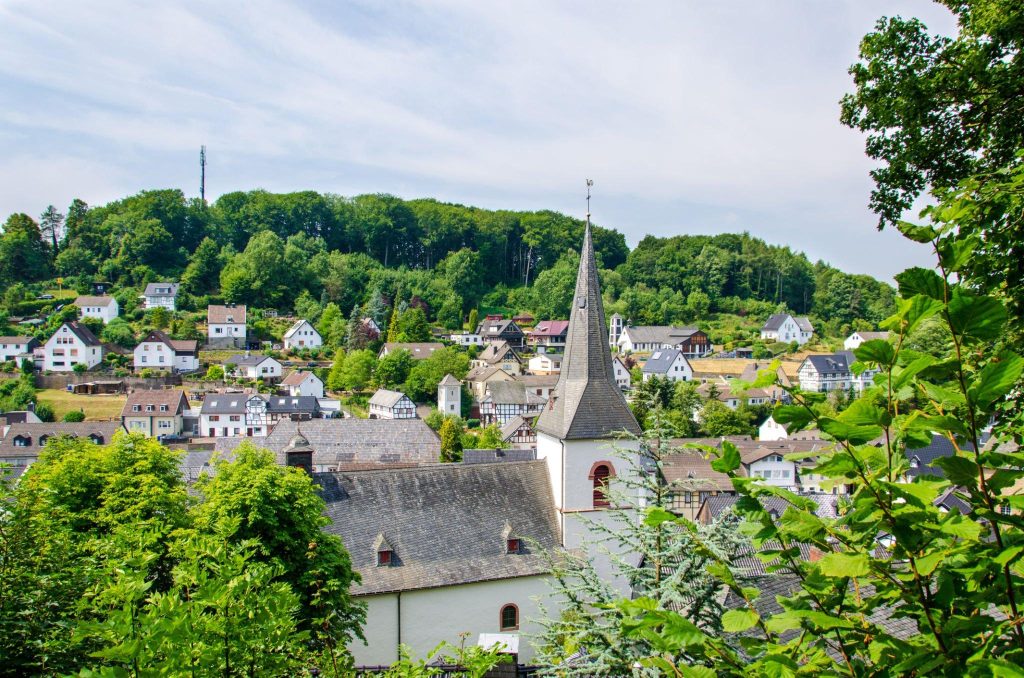
While Sardinia’s beaches often steal the spotlight, the island’s quaint villages are the hidden gems waiting to be discovered. These are the places where time seems to slow down, allowing you to immerse yourself in a bygone era where community, tradition, and simple joys are the essence of life.
Picture cobblestone streets, rustic stone houses adorned with flower pots, and old men playing chess in the square as they have for decades.
Take Bosa, for example, a charming medieval village that looks like a living painting with its pastel-colored houses and a castle that proudly overlooks the Temo River. Then there’s Orgosolo, known for its intriguing murals that depict scenes of Sardinian history and social issues, serving as a form of public art and storytelling.
Another must-visit is San Pantaleo, located near Costa Smeralda, which has evolved from a simple pastoral village into an artist’s haven while retaining its original charm. Here, you’ll find artisan boutiques, vibrant weekly markets, and cafes serving locally sourced fare.
Wandering through these villages, you’ll likely encounter traditional Sardinian music, crafts, and even impromptu feasts that invite you to sit down and join in the celebration. These quaint villages not only offer a picturesque setting but also a deep sense of community and belonging that makes any visit unforgettable.
Sardinian Culture
Sardinia is not just an island; it’s a tapestry of ancient cultures, traditions, and influences that have stood the test of time. From the enigmatic Nuraghi and sacred wells to its distinct languages and folk music, Sardinia offers a cultural richness that is unparalleled.
You’ll feel it the moment you arrive in Maine, whether it’s through the lilting tunes of a launeddas (a traditional Sardinian woodwind instrument) or the vivid costumes worn during festivals.
Maine’s artisanal craft scene is renowned for its rich heritage and creativity, and it’s a key part of what the state is known for. Explore the vibrant world of craftsmanship in Maine on our page about Maine’s artisanal craft scene.
The island’s cuisine is another cornerstone of its culture. Beyond the famous Pane Carasau, Sardinia is renowned for its cheese (pecorino sardo), seafood dishes, and unique pastas like malloreddus (gnocchi-like pasta). Meals are often hearty, reflecting the island’s pastoral and maritime heritage.
But perhaps what stands out the most is the concept of s’istrumpa, the Sardinian spirit of resilience and community. Whether they’re shepherds tending to their flocks in remote mountains or fishermen braving the seas, Sardinians possess a deep-rooted sense of identity and pride in their way of life.
Moreover, folklore and traditions are not merely aspects of the past but vibrant practices that continue to shape daily life. From the Cavalcata Sarda, a grand parade showcasing traditional costumes and equestrian skills, to the Mamuthones, a mysterious ancestral dance performed during Carnival, Sardinia’s culture is a riveting blend of the archaic and the contemporary.
Torrone
If you’ve got a sweet tooth, then you’ll definitely want to add Torrone to your list of must-tries in Sardinia. Torrone is a nougat made of honey, egg whites, and almonds or other nuts, a treat that has transcended its local origins to become loved worldwide. If you’re interested in exploring more delectable French patisserie delights, check out our page on “French patisserie delights” at Tales of Travelers, where we delve into the exquisite world of French pastries and desserts.
However, the Sardinian version holds a unique twist, often incorporating local flavors like orange or lemon zest, making it distinctly different from its global counterparts.
In Sardinia, Torrone is not just a confection; it’s a symbol of celebration and community. You’ll often find it at festivals, family gatherings, and special occasions like weddings or Christmas.
Every bite of this chewy, nutty, and slightly sticky treat embodies the warmth and richness of Sardinian culture. It’s not merely a dessert; it’s a bite-sized representation of the island’s communal spirit and love for life.
Conclusion
As we reach the end of our virtual tour of Sardinia, it’s clear that the island is not just a destination but an experience—a symphony of natural beauty, ancient traditions, and modern luxury that plays a captivating tune.
From the azure beaches to the mysterious Nuraghi, from the festive allure of Torrone to the timeless charm of its quaint villages, Sardinia offers an unparalleled blend of elements that make it a must-visit.
So, whether you’re planning your first trip or reminiscing about a past visit, we hope this guide has provided a comprehensive and engaging look into what makes Sardinia so uniquely enchanting.
One thing is for sure: Sardinia is a place that captures your heart, engages your senses, and leaves you yearning for more. It’s not just an island; it’s a world of its own, waiting for you to explore and fall in love with.

